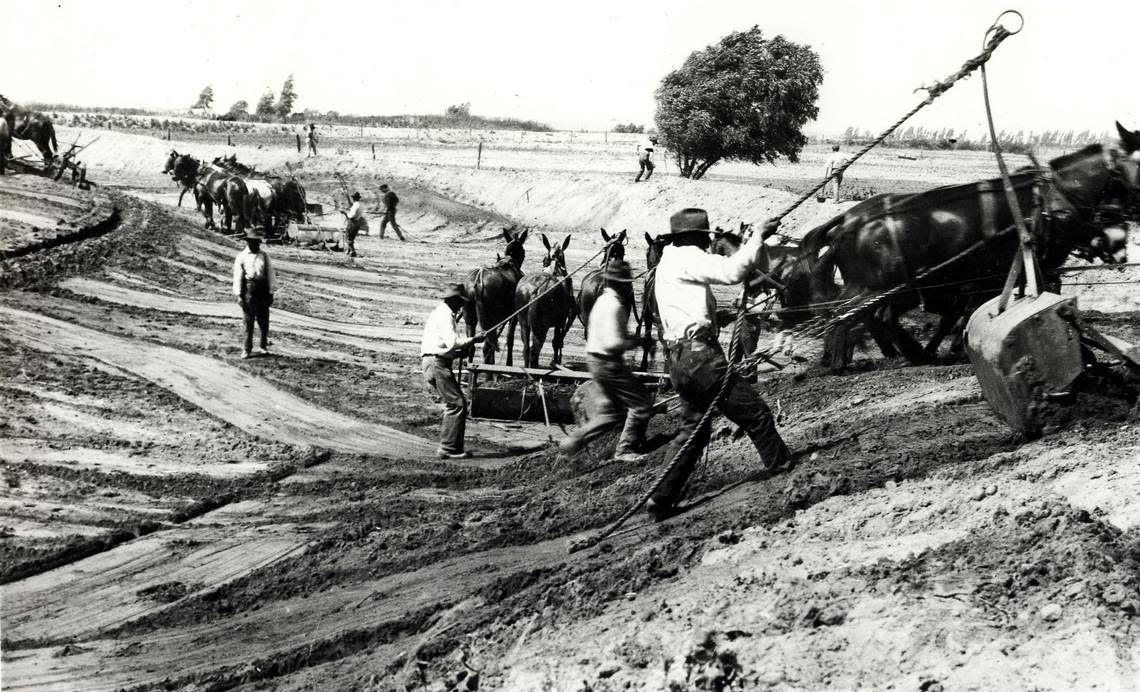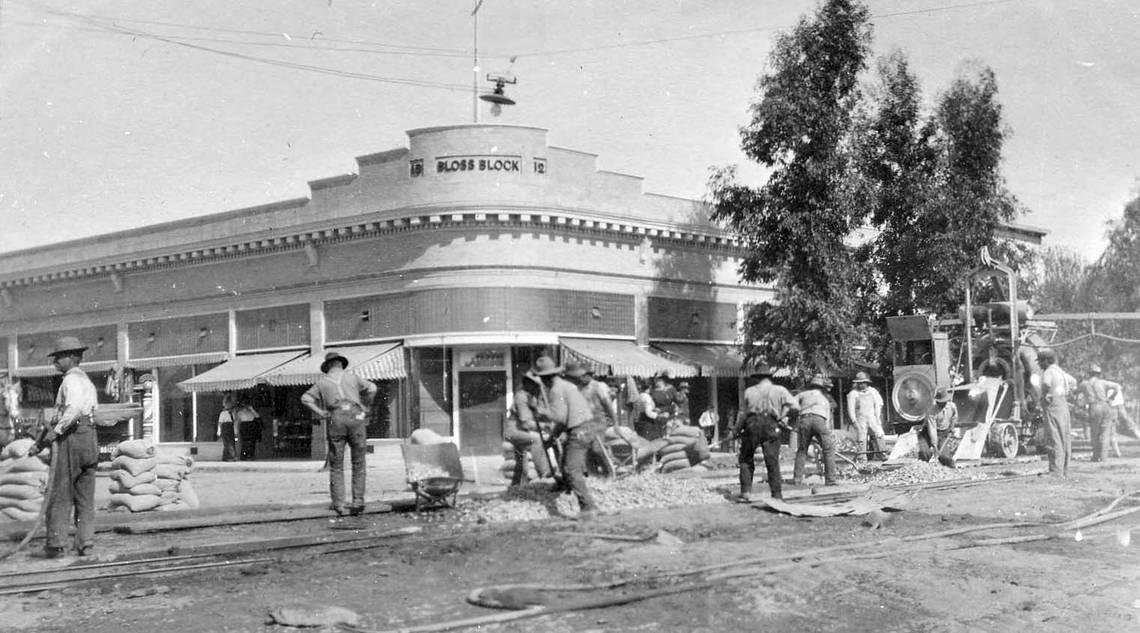Atwater and Livingston at 100: What did these Valley cities have in common when founded?
A hundred years ago in the San Joaquin Valley, forming a municipal corporation of the Sixth Class was considered a sign of progress for a small town.
In 1922, there were not just one but two cities in Merced County that were incorporated: Atwater on August 16 and Livingston on September 11. Since these two neighboring towns became municipalities almost at the same time, it must have been something in the water (keep reading, you will find this idiom very fitting).
Although Atwater and Livingston owed their existence to the Central Pacific Railroad, the towns were given different statuses at their “births.” When the Central Pacific Railroad pushed through the San Joaquin Valley in 1872, local farmers Marshall D. Atwater and John Mitchell persuaded the railroad to add a spur to Mitchell’s warehouse where Atwater stored his grains. The area became known as “Atwater Switch.” With just a few farms and buildings, the town of Atwater was not even in its infancy.
Livingston, on the other hand, was a railroad town. In November 1871, as the railroad was being built through the Livingston area, Edward J. Olds started the first store to sell supplies to railroad workers; thus, the town was founded. It was not until December 4, 1872, when landowner William J. Little’s agent filed the first plat map of Livingston, that the town was officially established. This legitimate “birth” made Livingston an eligible contestant for the election of a new county seat location on December 12.
While Livingston was laid out in 1872, the town of Atwater was not surveyed until 1888. However, the growth of both cities had more to do with irrigation than transportation.
Atwater was laid out after the completion of Lake Yosemite reservoir because the new irrigation system made intensive farming in Atwater possible.

It was the same for Livingston. After losing the county seat election, the town remained static for 30 years until the construction of the Livingston Canal by the Crocker-Huffman Land and Water Company, which was also responsible for Lake Yosemite reservoir.
By 1915, Livingston had a population of 400, but Atwater, a late bloomer, exceeded Livingston by 100. Both towns had a newspaper. Atwater Signal made its debut on May 5, 1911, with L. F. Atwater as the publisher; Livingston Chronicle published its first issue on October 2, 1909, with Peter H. Higgins as the publisher. In terms of financial institutions, the Merced Security Savings Bank opened a branch in Atwater in 1912 while Livingston organized the First Bank of Livingston in 1913.
Livingston, a well-established railroad town, was booming with buildings and businesses; Atwater, a maturing community, became an agricultural center with a cannery and sweet potato industry. As the decade closed, their growth was stalled first by World War I and then by the 1918 Flu pandemic.
So, what prompted Atwater and Livingston’s decisions to incorporate in the summer of 1922?
It was the consequence of postwar prosperity.
Both Atwater and Livingston experienced so much development and growth that public health was in peril due to the lack of proper sanitation.
In Livingston, the main concern was the contamination of the drinking water. Residential cesspools worked well for years since the population growth was slow but increasingly became a threat to public health as Livingston grew close to 700.
Atwater was in a more dire situation than Livingston because it also needed a water system. For Atwater and Livingston to build and maintain a public water and sewer system, forming a municipal government to levy taxes would be necessary.
The Board of Trade in these two communities led the respective incorporation efforts. They formed committees, held public meetings, collected signatures, and assisted in census taking. A minimum of 500 residents was required for incorporation. At the time of presenting their petitions to the Merced County Board of Supervisors, Atwater had a population of 806 and Livingston had 648.
With all the legal requirements in place, including a proposed boundary and a slate of city officials, Atwater held a special election on August 11. Of the 176 registered voters, 160 cast their ballots with a resounding victory of 140 to 20. The voters also elected George Bloss, Jr., Charles Osborn, Clarke Ralston, A. R. Neves, and T. A. Wayne as city trustees.
A. T. Rector was elected City Clerk; and B. D. Garlock, City Treasurer. The City of Atwater was officially incorporated on August 16, 1922 when the first city council meeting was held with Bloss’s election as the board president.
The campaign for Livingston’s incorporation encountered a little difficulty as its opponents cried about the “burdensome” taxation, which was debunked. 190 Livingstonians cast their ballots on the September 6 election, and the return was 135 in favor and 51 against. The trustees were Charles Ottman, G. H. Winton, S. R. Swan, A. Court, and Bert Davis. L. E. White was elected City Clerk; and Claude Brooks, City Treasurer. Livingston was officially incorporated on September 11, 1922, and Ottman was elected the first mayor by the trustees.
As promised, both municipal governments were able to provide clean drinking water and develop a sewer system by 1930. As we look back at the beginning of these two cities, it is clear that the quality of life remains the top priority of city officials.
Happy Centennial Birthday, Atwater and Livingston!!
For more history about Merced County, please visit the Courthouse Museum. Our current exhibit is “Celebrating Pacheco State Park’s 25th Anniversary.” Young visitors will receive gifts such as a naturalist journal or a “Build Your Own Bird Nest” kit.

